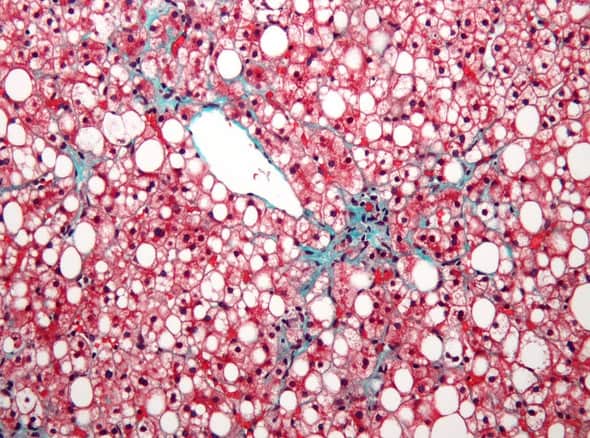By Jon Gingrich, CEO, Echosens North America
Chronic liver diseases, including non-alcoholic fatty liver disease (NAFLD) and its more severe form non-alcoholic steatohepatitis (NASH), represent a growing health concern for many Americans. Experts estimate that approximately 24% of U.S. adults have NAFLD and about 1.5-6.5% of U.S. adults have NASH, which can lead to advanced fibrosis, liver cancer, liver transplantation, increased risk of cardiovascular events and all-cause mortality.
New guidelines from the European Association for the Study of the Liver (EASL), a professional association for individuals researching liver disease, points to the effectiveness of non-invasive tests (NITs). This is significant because liver disease can often be reversed with early diagnosis and intervention.
EASL guidelines offer an unprecedented level of recommendation for vibration-controlled transient elastography (VCTE) technology, including liver stiffness measurement (LSM) by transient elastography (TE), controlled attenuation parameter (CAP) and spleen stiffness measurement (SSM) as an additional NIT to further improve risk stratification and refine the risk of high-risk varices.
Detecting and monitoring liver disease using VCTE is a non-invasive and rapid way for clinicians to quantify the stiffness of liver tissue and estimate liver fat at the point of care.
NIT Technology
VCTE tools combine standardization, clinical performance and accessibility for early patient identification either in primary care, diabetology clinic or liver clinic, and for advanced liver disease patient management, portal hypertension and hepatocellular carcinoma (HCC) risk stratification.
The EASL guidelines recommend VCTE technology for NAFLD/NASH, alcoholic liver disease (ALD), hepatitis C virus, including post sustained virologic response (PSVR), primary biliary cirrhosis (PBC)/primary sclerosing cholangitis (PSC) and autoimmune hepatitis (AIH), as well as in at-risk populations, such as patients with metabolic risk factors and/or harmful use of alcohol.
VCTE technology, such as FibroScan, represents a way to offer high value for comprehensive management of liver health in the battle against the rise of liver disease in the United States and around the world.
Costs of Liver Disease
The prevalence and associated costs of underdiagnosed liver disease is now linked to over $100 billion in annual direct costs. Lifetime costs of all NASH patients in the U.S. were $222.6 billion and the cost of the advanced NASH population was $95.4 billion, according to the most recent statistics…
Costs are the result of inpatient hospitalization and outpatient appointments, emergency department visits, organ transplantation, medical procedures or new diagnoses, new medications or changes to existing medications and mortality.
Experts warn that 357 million people will have NASH globally by 2030. Because NAFLD and NASH are so closely associated with obesity, diabetes and lifestyle, a more proactive approach to patient engagement is needed to support behavioral changes that will result in better outcomes across the co-morbid conditions affecting the individual patient.
Monitoring Lifestyle Changes
In 2000, 30.5% of American adults had obesity, meaning they had a body mass index of 30 or higher. That rate increased through 2015-2016, fueling related health issues like diabetes, cardiovascular disease and some cancers. In 2018, obesity rate reached 42.4%, surpassing 40% for the first time.
The impact of obesity on the liver can be devastating, causing insulin resistance that leads to buildup of blood sugar and increases the amount of free fatty acids circulating in the blood and inside the liver cells. This buildup of fat is very common in those with Type 2 diabetes, and increases the risk of liver fibrosis, cirrhosis, liver cancer and death.
Fortunately for many patients, a 3% reduction in body weight through diet and exercise has been associated with reversal of fatty build-up in the liver and a reduction of greater than 7% may resolve NASH in many patients. Disease progression is typically slow, and patients can be managed well by primary care physicians.
An increasing number of primary care physicians and specialists now recognize VCTE tools as an important exam for early detection of liver disease and for monitoring the effectiveness of lifestyle changes.
Throughout the year, our writers feature fresh, in-depth, and relevant information for our audience of 40,000+ healthcare leaders and professionals. As a healthcare business publication, we cover and cherish our relationship with the entire health care industry including administrators, nurses, physicians, physical therapists, pharmacists, and more. We cover a broad spectrum from hospitals to medical offices to outpatient services to eye surgery centers to university settings. We focus on rehabilitation, nursing homes, home care, hospice as well as men’s health, women’s heath, and pediatrics.








